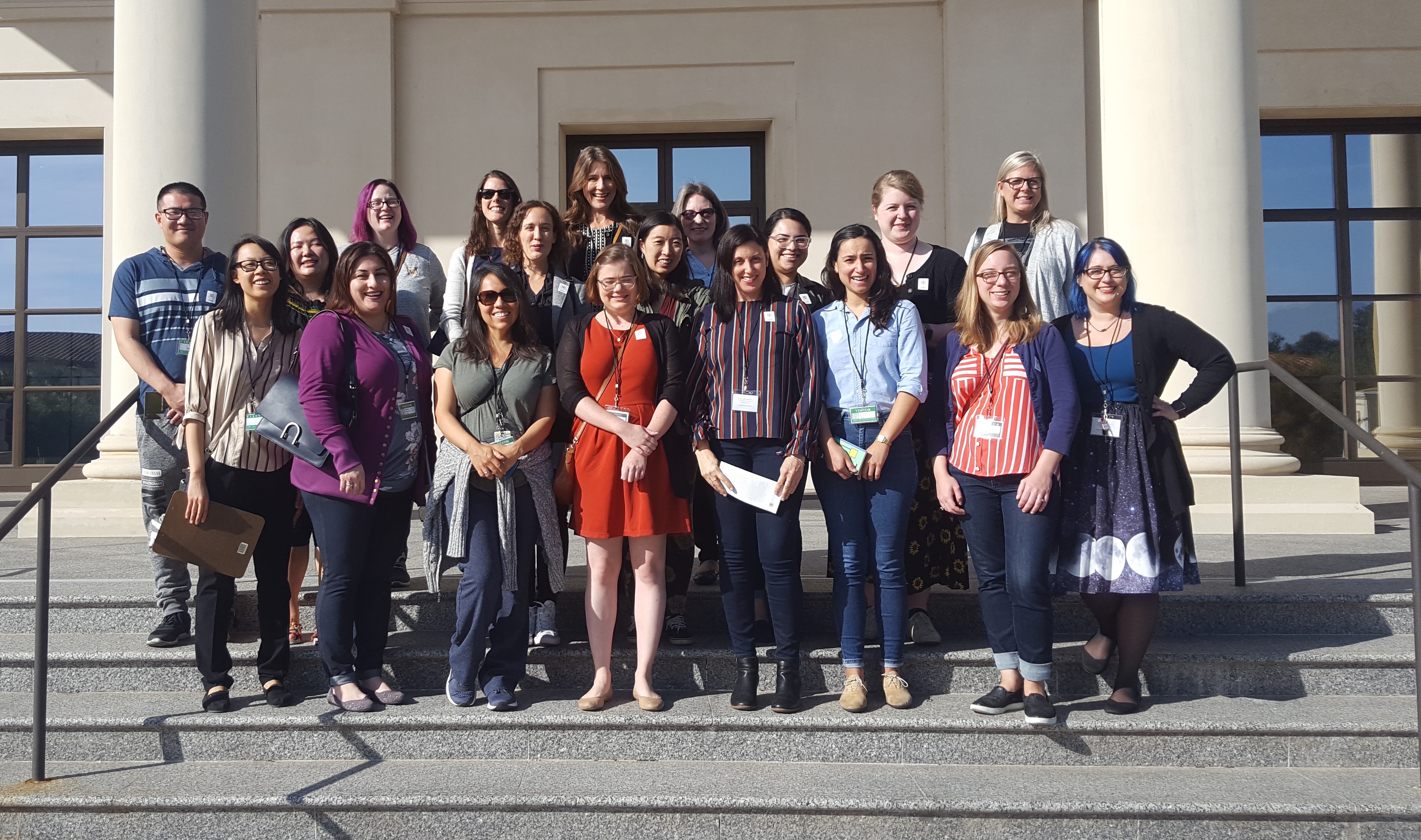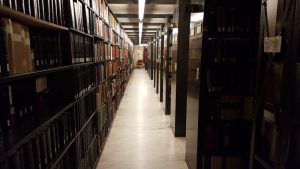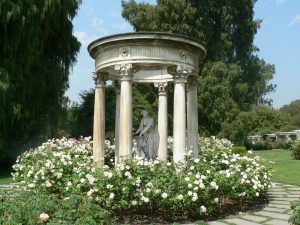Thanks to the superb planning of Sarah Martin, Regional Events Coordinator, and Joyce Peng, Social Media Manager, the ALASC hosted a tour at The Huntington Library on October 29. Lorraine Perrotta, Head of Acquisitions, Cataloging and Metadata Services, and Anne Blecksmith, Head of Reader Services, acted as our tour guides for the morning. They started with a brief talk in front of the Munger Research Center, where they shared with us that The Huntington Library is known for its collection of materials on American and British history, and it even houses a Gutenberg Bible. The Huntington consists of five areas: the library, the art collections, the botanical gardens, research, and education programs.
From there, our tour guides took us to the Imaging Lab, where John Sullivan, Head of Imaging Services, talked with us about the hi-res digital scanning work of his team. Most of the collection at The Huntington can be photographed for digitization, unless the material is too fragile. The hi-res photos taken by his team are very helpful to those doing art and visual research; digitization allows material of any size to be easily shared across the globe, and the hi-res scanning allows for close analysis. John showed us a photograph of a beautiful alchemical English scroll from the 16th century. Thanks to its large size, the scroll had originally been left in a stairwell next to a light bulb. Taking hi-res photographs of the original scroll allowed the original to then be safely protected and preserved with proper storage, while the stunning pictures of the scroll can be used for research. John also treated us to a look at an image of Pasadena in the early 1900s.

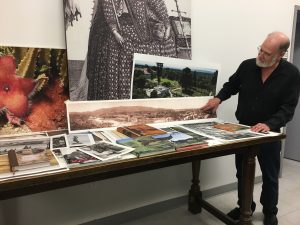
From there, we explored the library’s card catalogues. Though The Huntington Library has converted to an online system, they continue to keep the card catalogues to catch any cards that were missed during the digitization process.
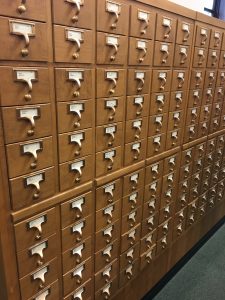
Next, we met with Richard Jackson, Systems and Modern Books Cataloging Manager, and his team. He talked with us about the importance of cataloguing, which helps “bring order to the chaos of the documentary output of humanity.” He stressed to us that cataloguing depends on collaboration; no one works in isolation, and libraries share records and information with each other. We viewed a rare Andy Warhol book, 20th century rare books, collections of community cookbooks from the 20th century, medical pamphlets, and a collection of maritime documents. We ended our tour with a walk through the stunning Rothenberg Reading Room.
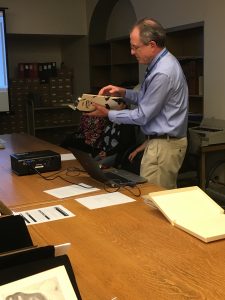
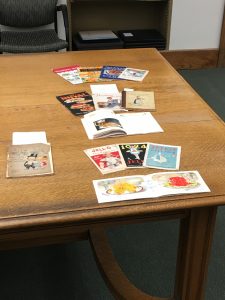
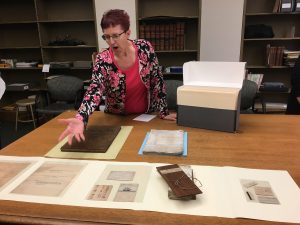
In the afternoon, we ate lunch outside and enjoyed the opportunity to chat face-to-face with fellow students about classes, jobs, and movies. All in all, it was a fantastic day of touring a popular Southern California institution.
